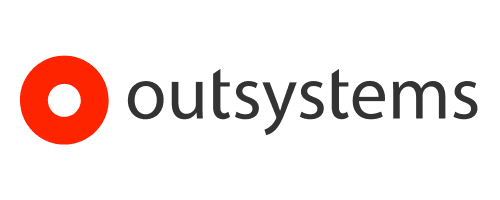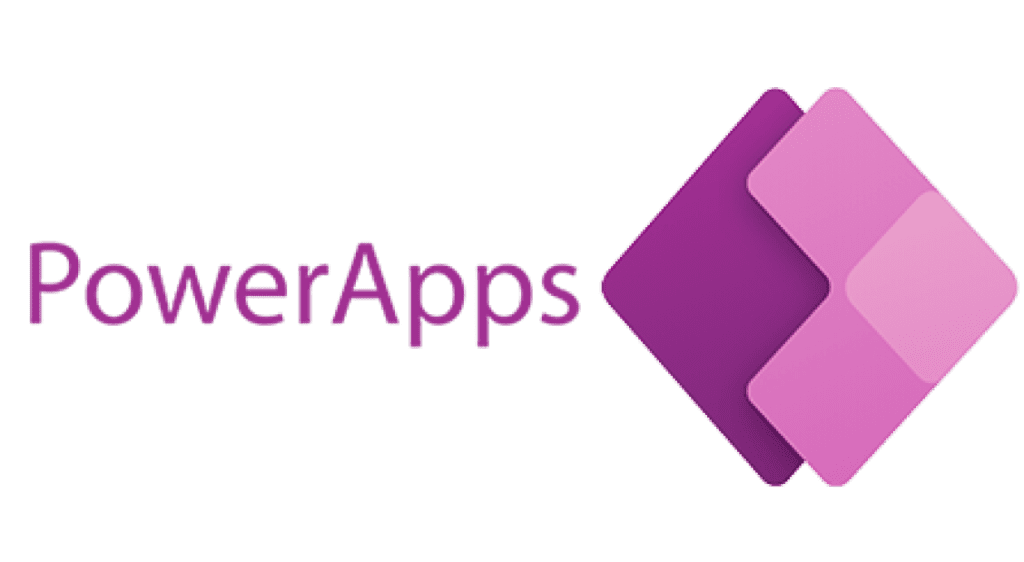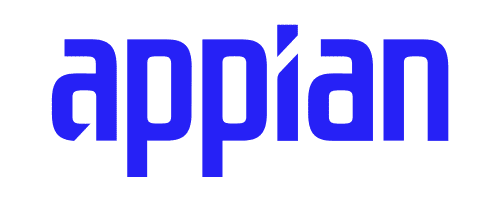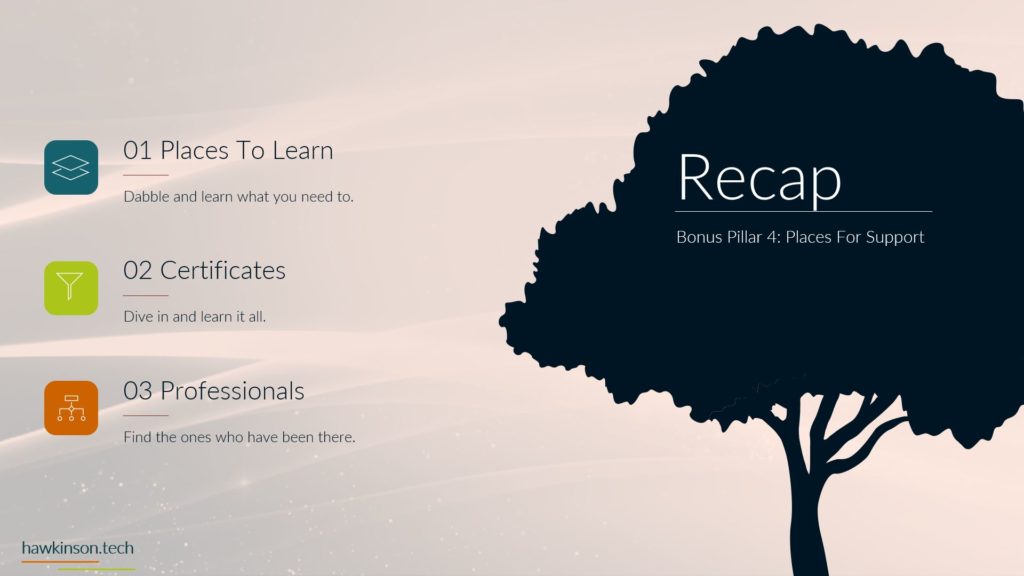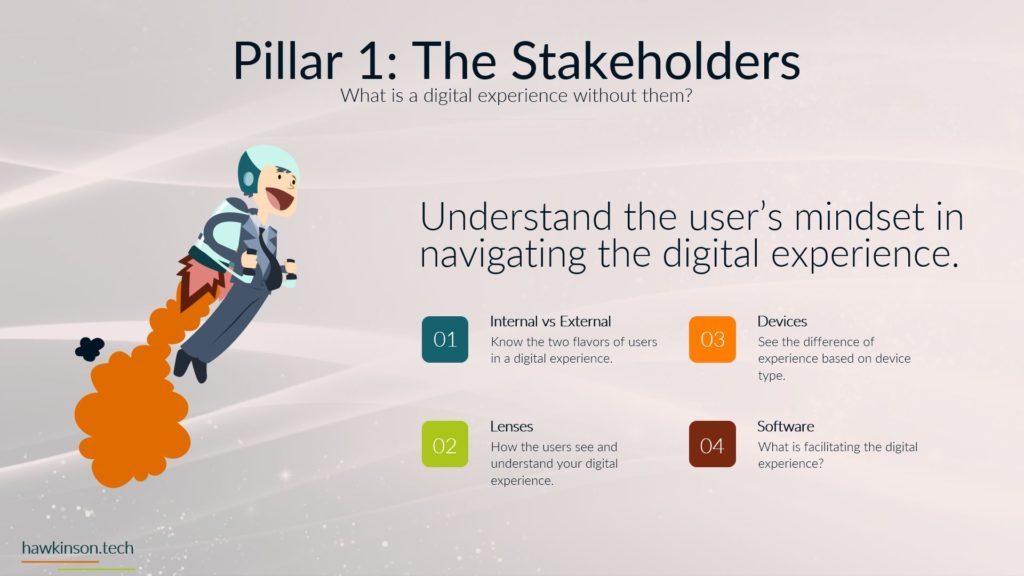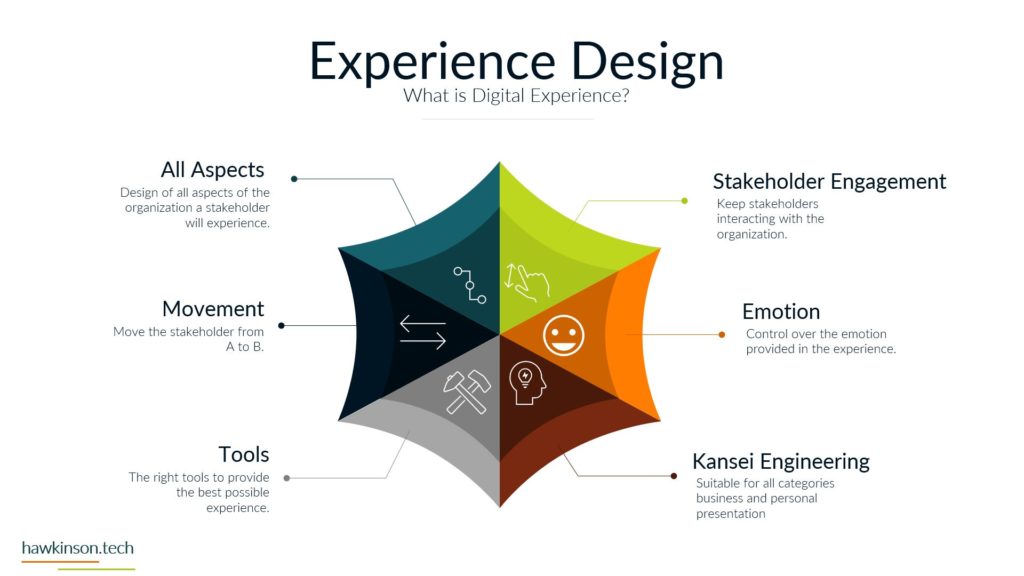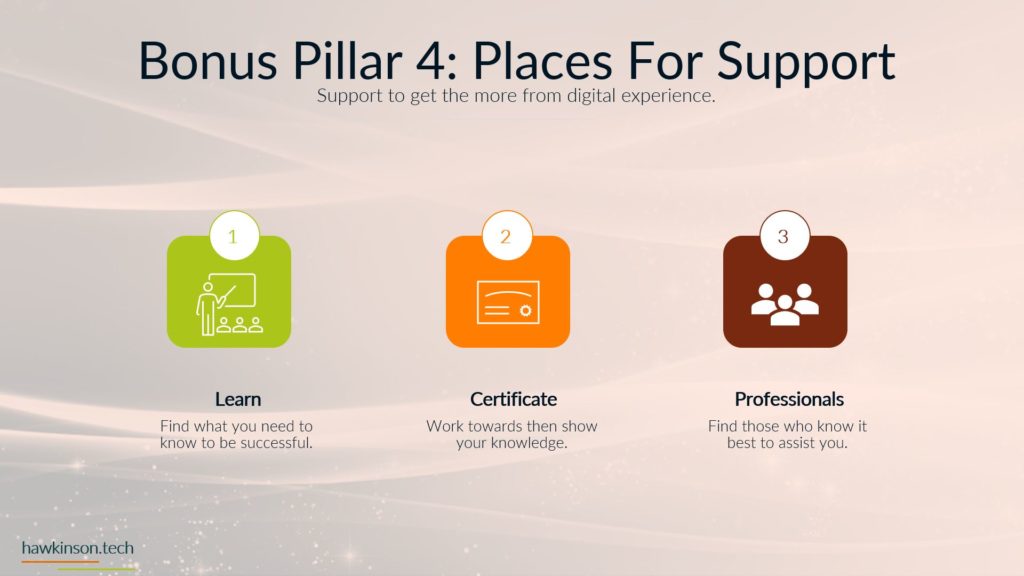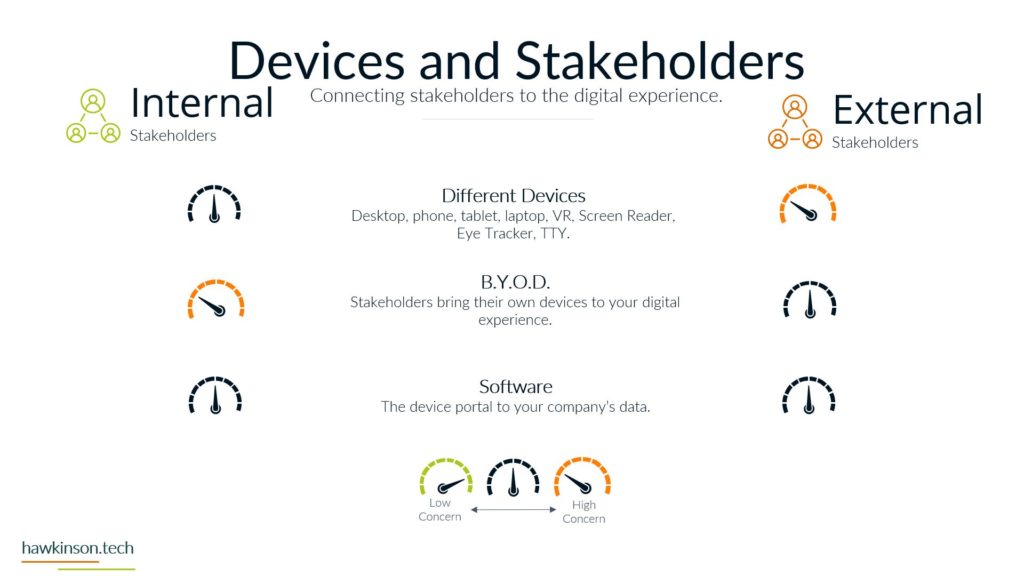OutSystems is a leading low-code application development platform that enables users to create custom enterprise applications quickly and efficiently.
OutSystems provides a range of integration capabilities, allowing users to connect to various data sources, services, and APIs. The platform also includes built-in security features, such as data encryption and access controls, to ensure that applications comply with industry standards.
Key Features
Reusable and pre-built components
OutSystems offers a library of pre-built elements and templates that can be quickly altered and applied to different applications, reducing the time and effort required for the development.
Integrations
Databases, web services, APIs, and third-party services like Salesforce, SAP, and Microsoft Dynamics are all supported by OutSystems for integration.
Mobile App Development
With capabilities like offline support, mobile phone integration, and push notifications, OutSystems facilitates the creation of native iOS and Android mobile apps and responsive online applications.
One-Click Deployment
The platform makes it simple and quick for customers to deploy their apps to the cloud, on-premises, or hybrid environments with just one click.
Performance Monitoring Tools
Thanks to OutSystems’ integrated performance monitoring tools, users can easily detect and fix issues, which give insight into application performance.
Other Features
- Drag and Drop
- Email Assistance available
- AI supported
